Sano City, Tochigi栃木県佐野市
Living in Sano City, Tochigi
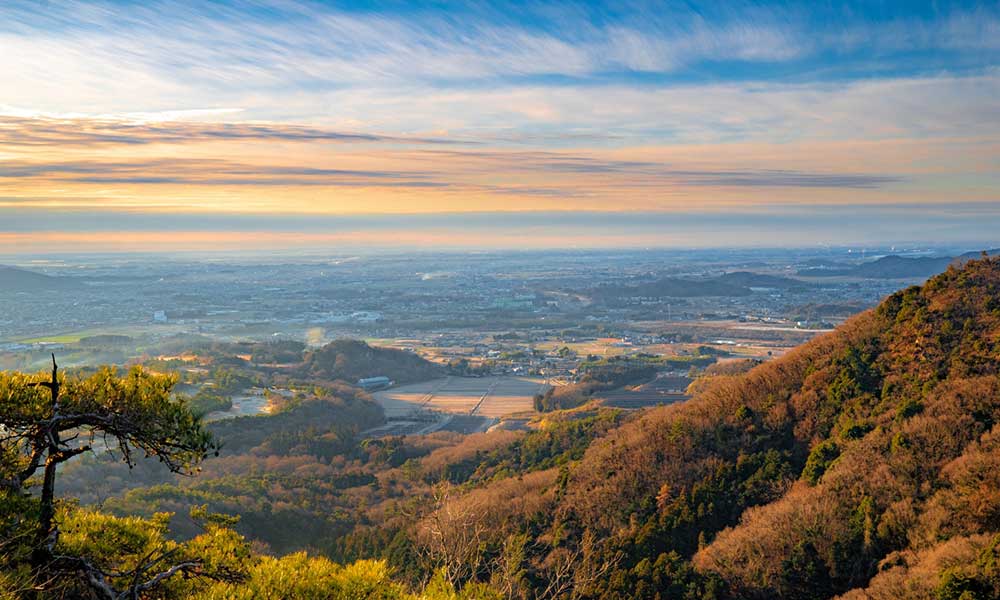
We have Summarized the livability of Sano City, Tochigi.
SOUTHERN AREA県南地域
CONTENTS
- What kind of place is Sano City?
- Sano CityPR video
- How is the traffic situation in Sano City?
- How are the rent and land prices in Sano City?
- How is childcare and education in Sano City?
- How about shopping in Sano City?
- How about jobs and recruitment in Sano City?
- Sano City’s unique subsidy/subsidy system
What kind of place is Sano City, Tochigi?
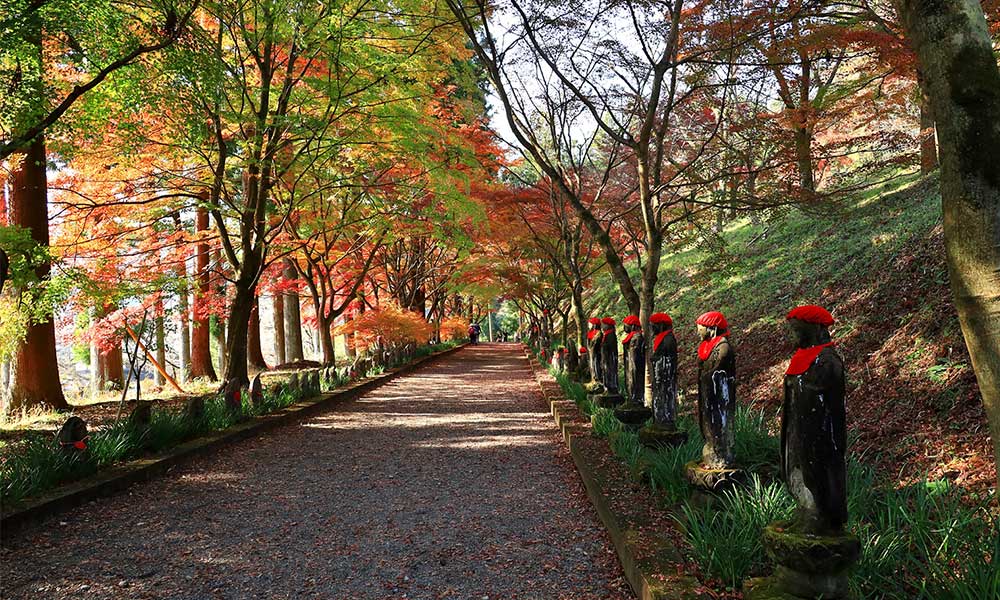
Sano City offers abundant shopping, including outlet malls, along with rich nature and tourist spots.
Located in the southwestern part of Tochigi Prefecture, Sano City covers an area of approximately 356.04 square kilometers.
It borders Kanuma City to the north, Tochigi City to the east, Tatebayashi City in Gunma Prefecture to the south, and Ashikaga City and Kiryu City in Gunma Prefecture to the west.
As of October 2023, the population is about 114,000, with around 52,000 households.
The northern to northeastern and northwestern parts of Sano City are mountainous areas, with the Ashio Mountain Range extending across the central part of the city. The southern to western areas are urban, with residential and commercial facilities concentrated.
The name “Sano” is said to originate from the Heian period, when the area was known as “Sano-sho” as part of a manor.
The Sano clan ruled this area for many years, but their rule ended in the early Edo period when Sano Nobuyoshi was ordered by the shogunate to relocate, resulting in the confiscation of his domain.
Sano City was officially established in 1889 during the Meiji period.
Later, in 2005, it merged with the neighboring towns of Tanuma and Kuzu, forming the current city.
Today, Sano City retains its historical streetscapes and temples as a former castle town of the Sano clan, while also offering a wealth of recreational facilities such as golf courses and tourist farms.
Additionally, the Sano Premium Outlets, opened in 2003, has grown into a leading shopping mall in Sano City. It attracts many visitors from outside the prefecture and has led to the development of a commercial area with several large shopping facilities in the vicinity.
The famous ‘Sano Yakuyoke Daishi,’ one of the three great daishi temples in the Kanto region, is officially known as Kasugaokayama Tenpouin Soshu Kanji Temple.
It is an 8-minute walk from Sano City Station on the Tobu Sano Line and becomes very crowded during the New Year’s first temple visit season.
Karasawayama Shrine is located where Karasawayama Castle once stood. The shrine is situated at the top of Mt. Karasawa and is dedicated to Fujiwara no Hidesato.
Due to its location on the mountain peak, the shrine offers breathtaking views on clear days and is a popular destination for tourists.
PR video of Sano City, Tochigi
The four seasons of Sano
DOTAMA “MY CITY” [Official PV for Sano City, Tochigi Prefecture]
Sano Ramen Migration Project
How is the traffic situation in Sano City?
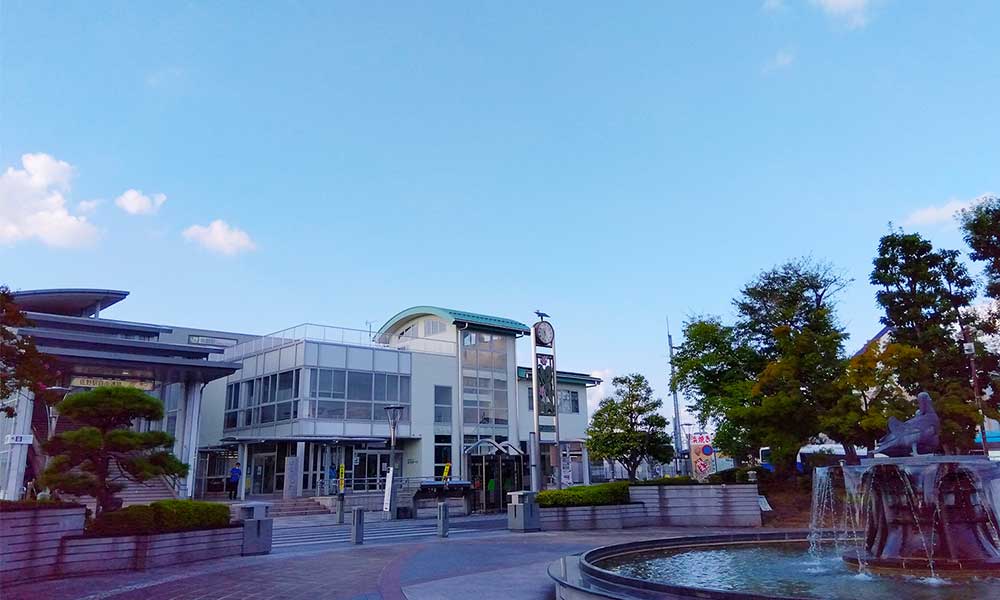
Sano City has excellent public transportation and easy access to the city center.
Sano City is served by the Ryomo Line, which runs from Oyama City in Tochigi Prefecture to Takasaki City in Gunma Prefecture, with a stop at Sano Station.
The Tobu Sano Line, which originates from Tatebayashi City in Gunma Prefecture, also runs through the city with the following eight stations: Tajima Station, Sano City Station, Sano Station, Horigome Station, Yoshimizu Station, Tanuma Station, Tada Station, and Kuzu Station.
The major roads passing through Sano City include National Route 50 and National Route 293.
Additionally, Sano can be accessed via expressways such as the Tohoku Expressway through Sano Fujioka IC and Sano SIC, and the Kita-Kanto Expressway via Sano Tanuma IC.
Kanto Transportation operates the local bus services within Sano City.
Residents can also use the community bus ‘Sa-notte Go‘ that circulates to essential facilities, the Fureai Bus operated by Tochigi City, and the Sano Manyo Roman Bus that connects Sano Premium Outlets and Sano Station.
In addition, express buses to Shinjuku, Tokyo, Haneda Airport, and Narita Airport are available.
There are also overnight buses providing access to major cities such as Sendai Station, Kyoto Station, and Osaka Station.
The Tobu Sano Line is a convenient way to travel to Sano city. There are many express buses that go directly to Shinjuku, Tokyo, Haneda and Narita airports.
The downside is that trains run infrequently, so if you want to travel to downtown Tokyo by train, you’ll need to transfer.
How are the rent and land prices in Sano City?
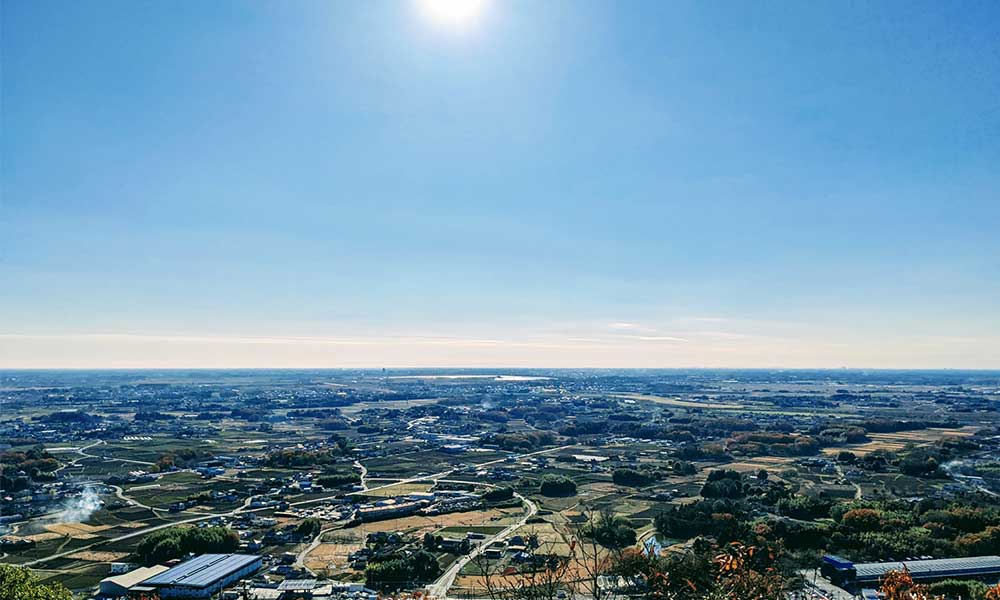
Sano City has a thriving supply of pre-built homes, offering attractive housing options for people of all ages.
According to information from a real estate information website, the average rent in the city for a newly built apartment within a 10-minute walk from the station is about 54,000 yen for a 1K apartment and 79,000 yen for a 3K apartment. The average land price is about 80,000 yen per tsubo.
Sano City has a wide variety of housing options, including detached houses, condominiums, and apartments. Sano City has a wide variety of housing options, including detached houses, condominiums, and apartments.
Sano City has a wide range of facilities where you can purchase daily necessities, from shopping malls to supermarkets, convenience stores, drugstores, etc. There are also medical institutions, schools, and public facilities, making it an easy place to live.
Some locations are at risk of natural disasters. Appropriate disaster prevention measures and risk management are necessary.
How is childcare and education in Sano City?
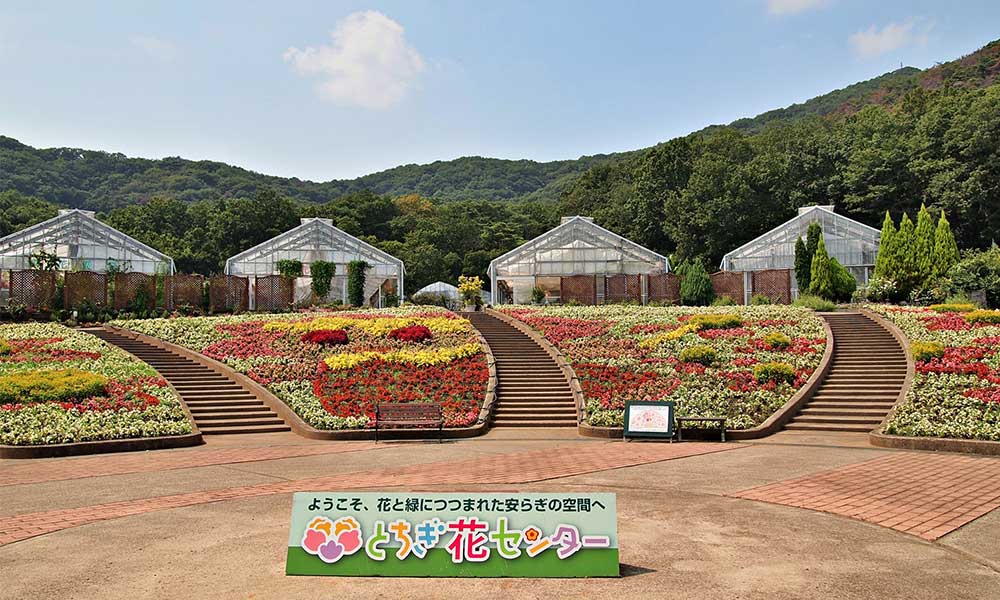
Sano City is an attractive city with a wide range of educational facilities and childcare services, as well as local safety and childcare support activities.
In Sano City, there are 17 nursery schools, 12 kindergartens, 23 elementary schools, 12 junior high schools, 7 high schools, 1 junior college, and 1 vocational school.
The Child Medical Expense Subsidy covers children under 18 years old (up to March 31 after reaching 18) for both outpatient and inpatient care, fully subsidizing their expenses.
Child allowances are provided as follows: ¥15,000 for the first child under 3 years old, ¥10,000 for the first and second children from 3 years old to before elementary school, ¥15,000 for the third child and beyond, and ¥10,000 for junior high school students.
Sano City also has its own robust support programs.
The Childbirth Celebration Grant provides ¥30,000 for the first and second children and ¥50,000 for the third child and beyond.
The Childbirth and Childcare Support Program offers “support consultations” and “financial assistance.”
The “support consultations” allow parents to consult with specialized staff, such as public health nurses, regarding childbirth and childcare.
Additionally, “financial assistance” provides ¥50,000 as a childbirth support gift and ¥50,000 as a childcare support gift for families that respond to surveys at the time of pregnancy notification or during home visits for infants.
Sano City also has many facilities for parents and children to enjoy together.
The Piyopiyo Room, located in two nursery schools, serves as a relaxing space for parents and children to gather, allowing them to consult with childcare specialists about parenting concerns and play together.
The four children’s centers in Sano City provide playrooms and libraries, offering a safe environment for children to play and learn.
The Childcare Support Plaza, Yume Pocket, offers play areas, parenting consultations, and temporary childcare services, supporting families with children in various ways.
There are many facilities and systems for child-rearing support, and the city is proactive in supporting child-rearing. There are also many places to play with children, such as mountains, parks, and shopping malls.
There are few universities, and the cost of commuting to schools in Tokyo and other areas means that education costs tend to be high.
How about shopping in Sano City?
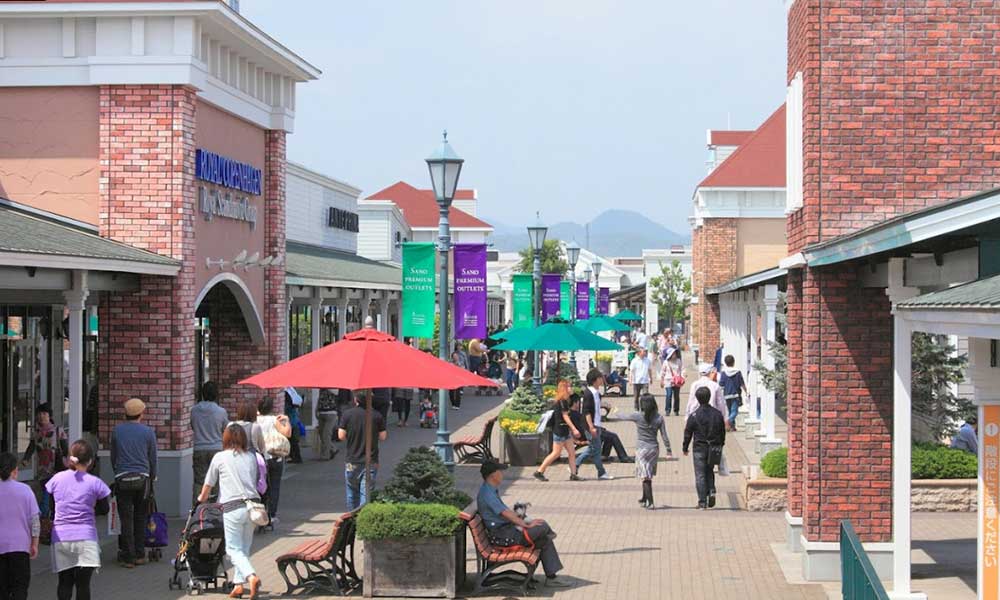
Sano City is a city with plenty of shopping options, from large outlet malls to large shopping malls.
Sano City offers a variety of shopping facilities, including the Sano Premium Outlets, which opened in 2003, as well as shopping malls and roadside stations, making it a great area for shopping.
Sano Premium Outlets features around 180 stores of famous domestic and international brands on its vast premises, attracting many visitors from outside the prefecture daily, especially since high-end brands can be purchased at outlet prices.
Nearby, the Aeon Mall Sano Shintoshin serves as a shopping mall with a core store of Aeon Style, offering a variety of clothing, household goods, and dining options.
The Sano Agricultural Tourism Farm Agritown is also located near the outlets, providing fresh agricultural products and plants, and is particularly popular in March for its annual strawberry picking event, drawing long lines of visitors on weekends.
The Roadside Station Domannaka Tanuma is an 8-minute walk from Yoshimizu Station on the Tobu Sano Line, offering locally sourced agricultural products, a mini steam locomotive, and foot baths, making it a fun family-friendly facility.
Additionally, there are about 15 supermarkets in the city, including York Benimaru, Yamaguchi Supermarket, and Torisen.
There are a variety of shopping facilities, including outlets, shopping malls, and roadside stations.
Popular facilities such as Sano Outlet get very crowded on holidays.
How about jobs and recruitment in Sano City?
Sano City is a city with many manufacturing and commercial jobs available in a wide range of industries.
Sano City has long been developed around industries such as lime, textiles, and castings.
In particular, lime is a major industry in the area, with limestone areas in the northern part of the city, and dolomite, which is used as a material for steelmaking, accounts for about 90% of the national production.
There are eight industrial parks scattered around Sano City, including Sano Industrial Park, Haneda Industrial Park, and Sano Inter Industrial Park, so stable employment is expected.
Sano City is also famous as the birthplace of Sano Chijimi, a cotton weaving shrink, and the textile industry is the city’s representative industry, so a certain number of job openings can be expected.
Sano City also has commercial facilities and outlet malls, and these facilities have a relatively large number of job openings for sales staff, customer service staff, store staff, etc. There tends to be a particularly large number of job openings in the apparel and fashion-related industries.
We have an environment where you can enjoy nature while working. Refreshing in nature is expected to reduce stress and increase motivation for work.
Sano City is located a little away from the city center, so it may take some time to get to the city center. You should take travel times into consideration when commuting or going out.
Sano City, Tochigi’s unique subsidy/subsidy system
Sano City, Tochigi’s unique relocation assistance and relocation subsidy system
| Immigration support business Sano City Youth Migration and Settlement Promotion Subsidy Sano City Young People Migration and Settlement Promotion Subsidy |
Sano City, Tochigi’s unique housing assistance and subsidy system
Sano City, Tochigi’s unique childcare support system
| Subsidy for Infertility Treatment Subsidy for Recurrent Miscarriage Treatment Childbirth and Parenting Support Program Childbirth Blessing Grant Child Seat Rental Service |
Sano City, Tochigi’s unique system for further education and tuition assistance/subsidies
| School attendance assistance system 佐野市奨学生制度 |








